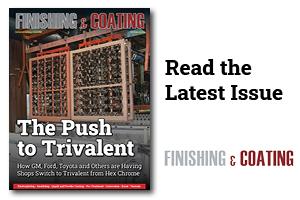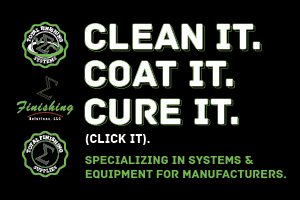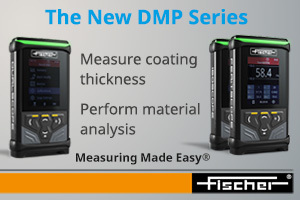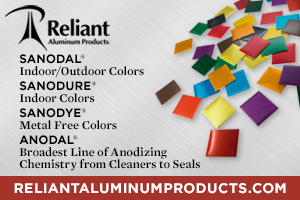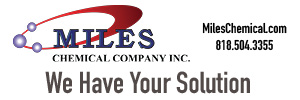The Cleaning Research Group at Sam Houston State University is hosting a webinar on transitioning to solvent-based cleaning.
The “Switching Solvent? A Contract Cleaner's Success Story” webinar is July 22 at 11:00 a.m. ET. There is no fee to view this webinar. Registration can be made at https://shsu.zoom.us/webinar/register/5117504425543/WN_ntKZKEf1SKm0a12PgRA9cA#/registration.
“This will be one of our most interesting webinars,” says Darren L. Williams, Ph.D., leader of the Cleaning Research Group. “We will hear from a contract cleaner who has purchased an enclosed solvent cleaning system, and he will tell us about his experience.”
The featured speakers are:
- John Clark, President, E&J Parts Cleaning. Second-generation leader of the business, handling over 1 billion parts annually through services including vapor degreasing, vibratory deburring, and rust removal.
- Michael Onken, Market Development Manager, SAFECHEM. With over a decade of experience, Michael supports manufacturers in optimizing parts cleaning using modified alcohols, focusing on performance, sustainability, and compliance.
- Barbara and Ed Kanegsberg, Consultants in Critical Cleaning·BFK Solutions. Since 1994, BFK Solutions has been the industry leader in critical cleaning consulting, the go-to resource to make cleaning, surface quality, and contamination problems go away, or (even better) to avoid problems in the first place.
- Darren L. Williams, Ph.D., Leader of the Cleaning Research Group·Sam Houston State University. Dr. Williams teaches physical chemistry and forensic chemistry at Sam Houston State University. He and his students have studied the art and science of Critical Cleaning since 1998.
Switching solvents in a well-established cleaning process can be daunting, especially for a contract cleaning operation where throughput, consistency, and regulatory compliance are critical.
To meet increasing demands for cleaning performance and address growing environmental and safety concerns, John Clark, President of E&J Parts Cleaning, transitioned from trichloroethylene (TCE) in an open-top machine to an airtight degreaser using the pre-stabilized solvent DOWCLENE™ 1621.
In this interactive webinar, Michael Onken and the PQCW team interview John Clark, who shares his real-world experience, from early concerns and evaluation criteria to the implementation process and the measurable benefits his company now sees every day, including:
- Nearly 80% reduction in solvent costs
- 75% reduction in waste disposal expenses
- 95% solvent recovery rate
- Reliable, repeatable cleaning — even for high-precision applications
“Whether you’re looking to improve parts cleaning quality, increase sustainability, or reduce risk related to evolving regulations (e.g., TCE, PFAS), you’ll gain practical insights from the factory floor,” Williams says.
Visit https://www.shsu.edu/academics/chemistry/cleanresearch/.






